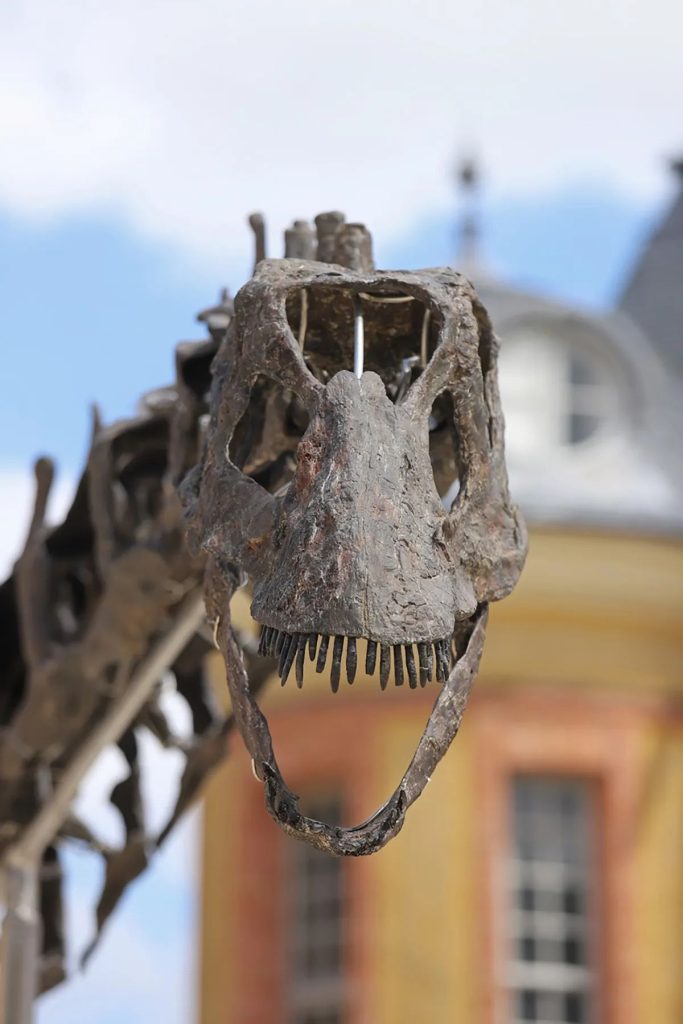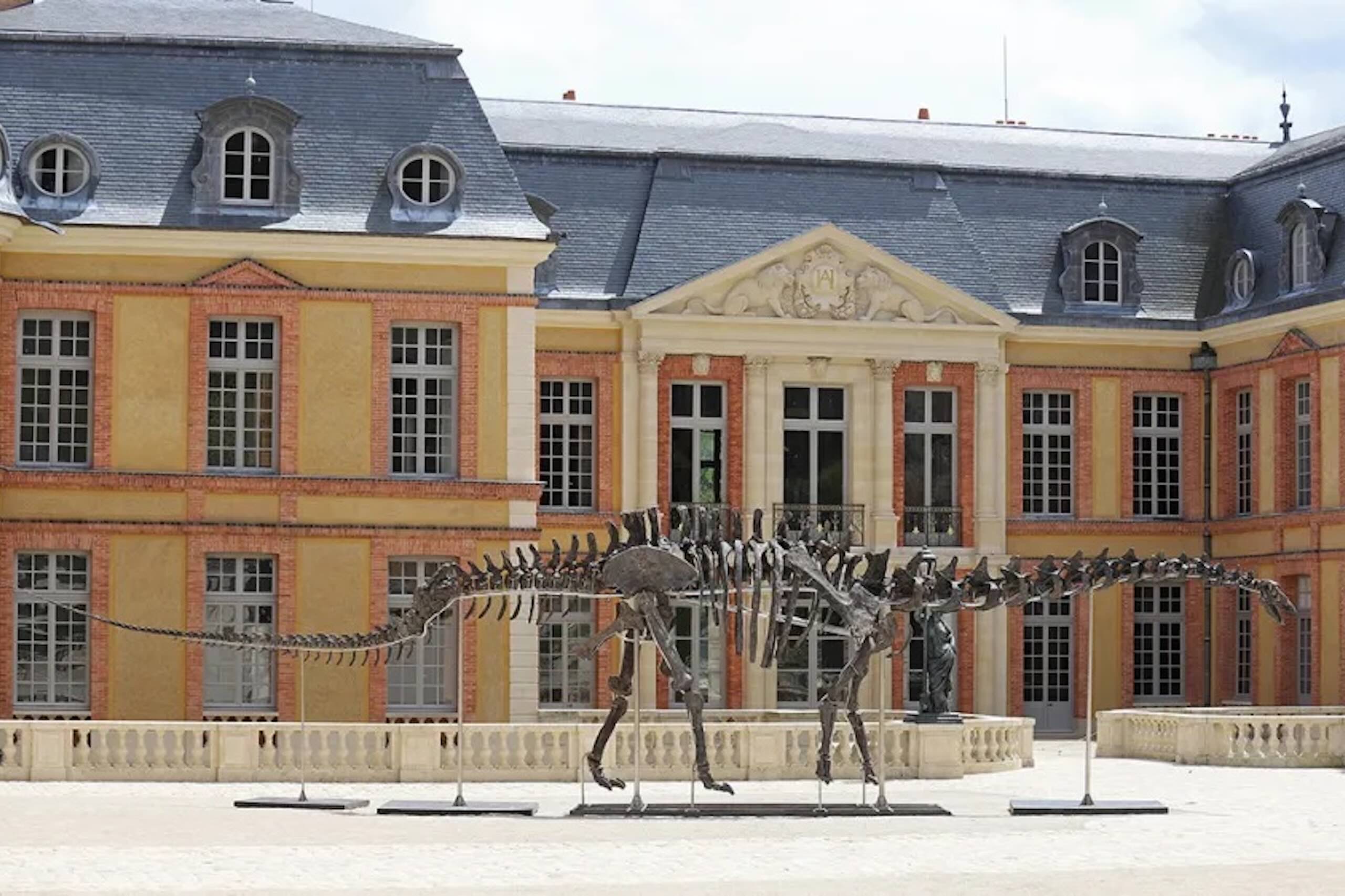The world’s largest dinosaur skeleton ever offered at auction is set to sell for a fittingly large sum this coming winter.
The Apatosaurus specimen, known as “Vulcain,” is expected to fetch between US$3.3 million and US$5.4 million (HK$25.7 and HK$42.1 million) at Parisian auction houses Collin Du Bocage and Barbarossa in November.
Vulcain measures roughly 69 feet from tip to tail and has a bone structure that is more than 80 per cent complete. The giant herbivore, which is around 150 million years old, was discovered in the palaeontology hotspot of Wyoming in 2018. It required three years of excavation to get the bones to the surface. The GPS point, excavation plan, and osteological map will be sold with the skeleton.

Image courtesy of Antione Pascal
The Apatosaurus is remarkably similar to the Brontosaurus. The skeletons of both dinosaurs were discovered around the same time in the late 1800s and named by O.C. Marsh. Fast-forward a few years, American palaeontologist Elmer Riggs argued in a 1903 publication that the two dinosaurs were not different enough for separate monikers. As the Apatosaurus had been christened first, the Brontosaurus adopted that name. Many modern palaeontologists believe the dinosaurs deserve individual titles because of subtle differences.
The sauropod family to which these dinosaurs belonged lived in North America, Europe, and parts of Africa during the late Jurassic period (between 145 million and 160 million years ago). The American Museum of Natural History’s Apatosaurus was the first sauropod ever mounted and went on view in 1905. It has been a focal point of the collection ever since.

Image courtesy of Antione Pascal
This particular Apatosaurus will be displayed at Dampierre castle in Dampierre-en-Yvelines, France from 13 July until 3 November, before it is auctioned off on 16 November. Eric Mickeler, who has sold a range of dinosaur skeletons at Christie’s, Sotheby’s, and Aguttes over the past 20 years, has been appointed the expert of Vulcain.
Despite some criticism from the scientific community, dinosaur skeletons have become highly collectible and prices for specimens have increased significantly over the past 25 years. For example, Tyrannosaurus rex “Sue” achieved US$8.4 million (HK$65.6 million) at Sotheby’s in 1997, while fellow T.rex Stan realised a record US$31.8 million (HK$248.3 million) at Christie’s in 2020. That makes US$5 million (HK$39 million) sound like a bargain.










